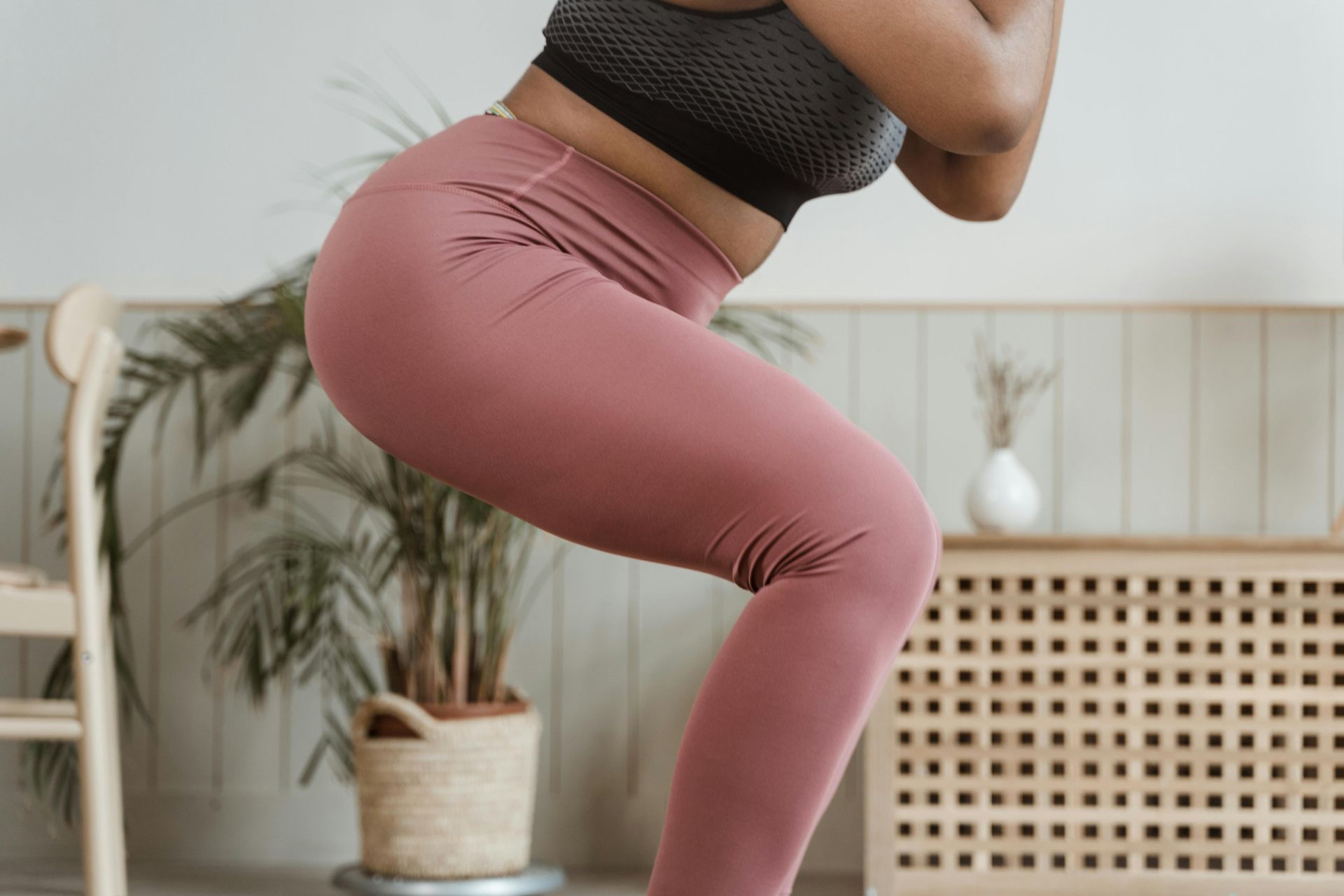There are two main types of bone cells that aid regeneration of bone, called osteoclasts and osteoblasts.
Osteoclasts break down old bone; act as bone dissolving cells; and are responsible for bone resorption. They also act as a calcium reservoir if you have a mineral deficiency.
Osteoblasts on the other hand replace the bone.
Between our mid 20s and 30s our bone mass density (BMD) remains relatively stable with osteoblasts and osteoclasts both doing their jobs.
However, after the age of 35, there is a natural gradual loss of bone. This loss is more pronounced in women than men because falling levels of the hormone oestrogen cause the osteoclasts to work harder than the osteoblasts.
Osteoclasts also act as a calcium reservoir if you have a mineral deficiency, because calcium levels must be controlled to ensure proper blood clotting, nerve, and muscle function.
When blood calcium levels are low, osteoclasts break down bone and release calcium into the blood.
This action of breaking bone down makes bones less strong and more prone to breakages.
You may have heard of “osteopenia” and “osteoporosis”. These both refer to levels of bone density. The former means that you are more likely to fracture a bone than the average person, but less likely to fracture a bone than someone with osteoporosis.













